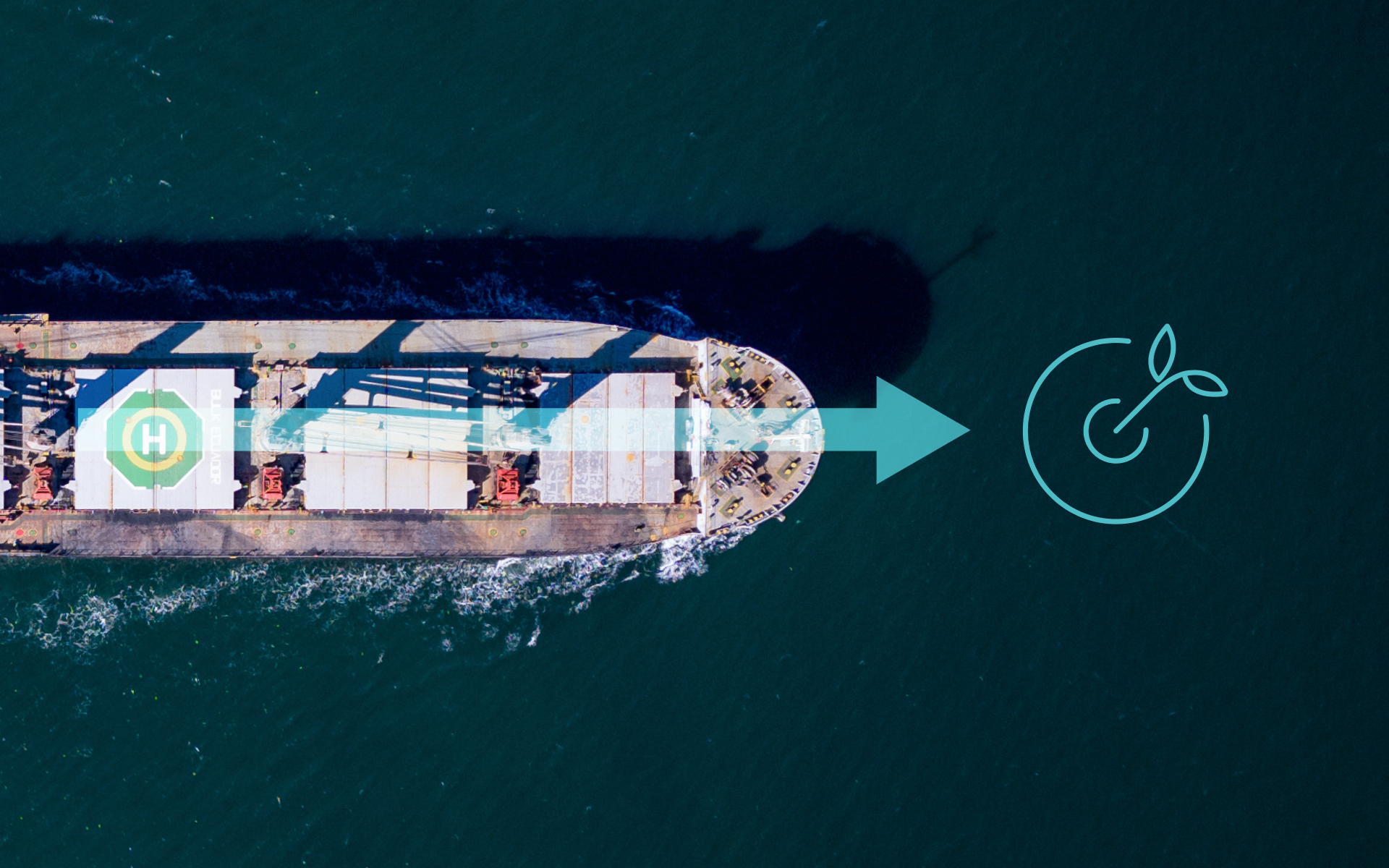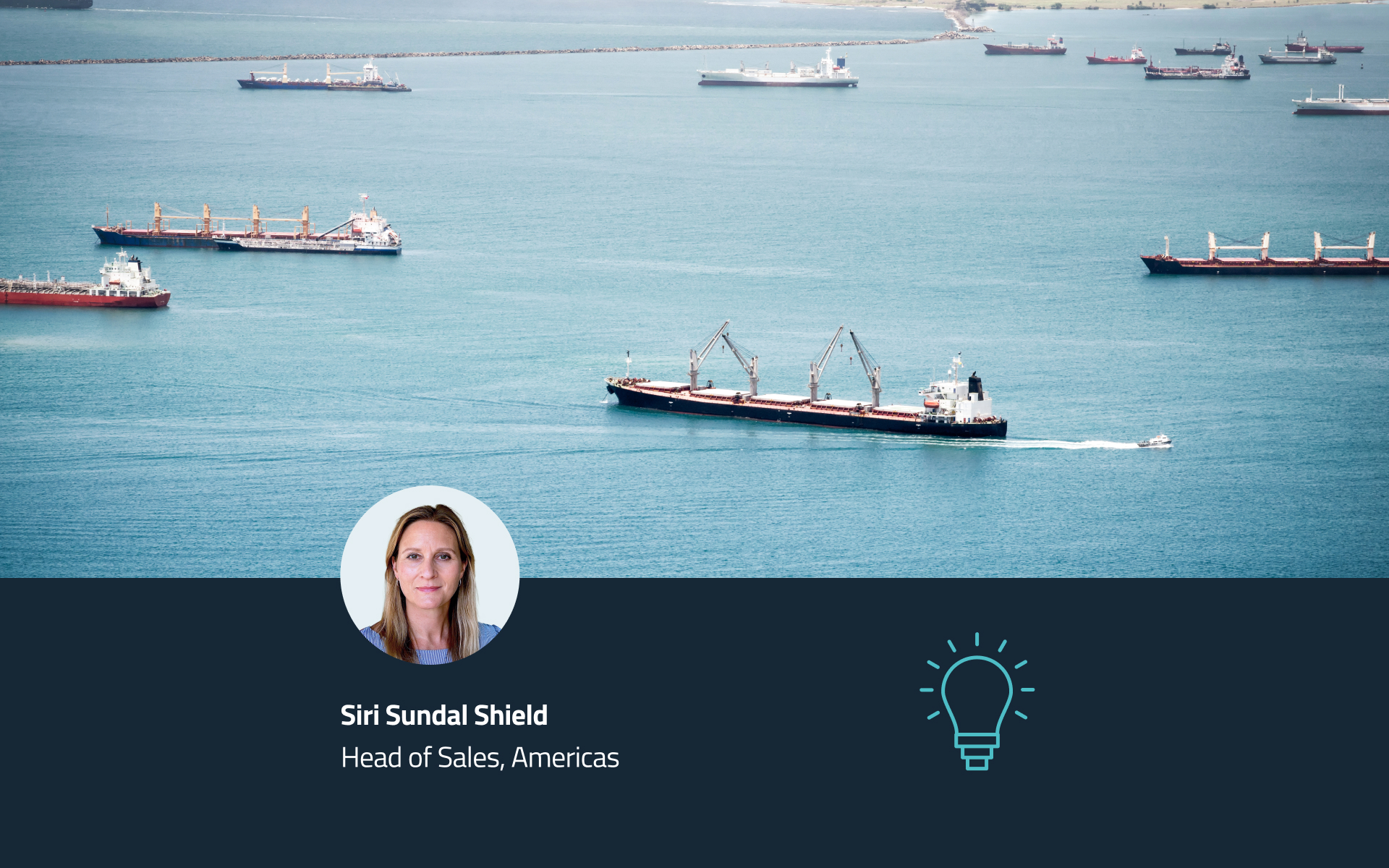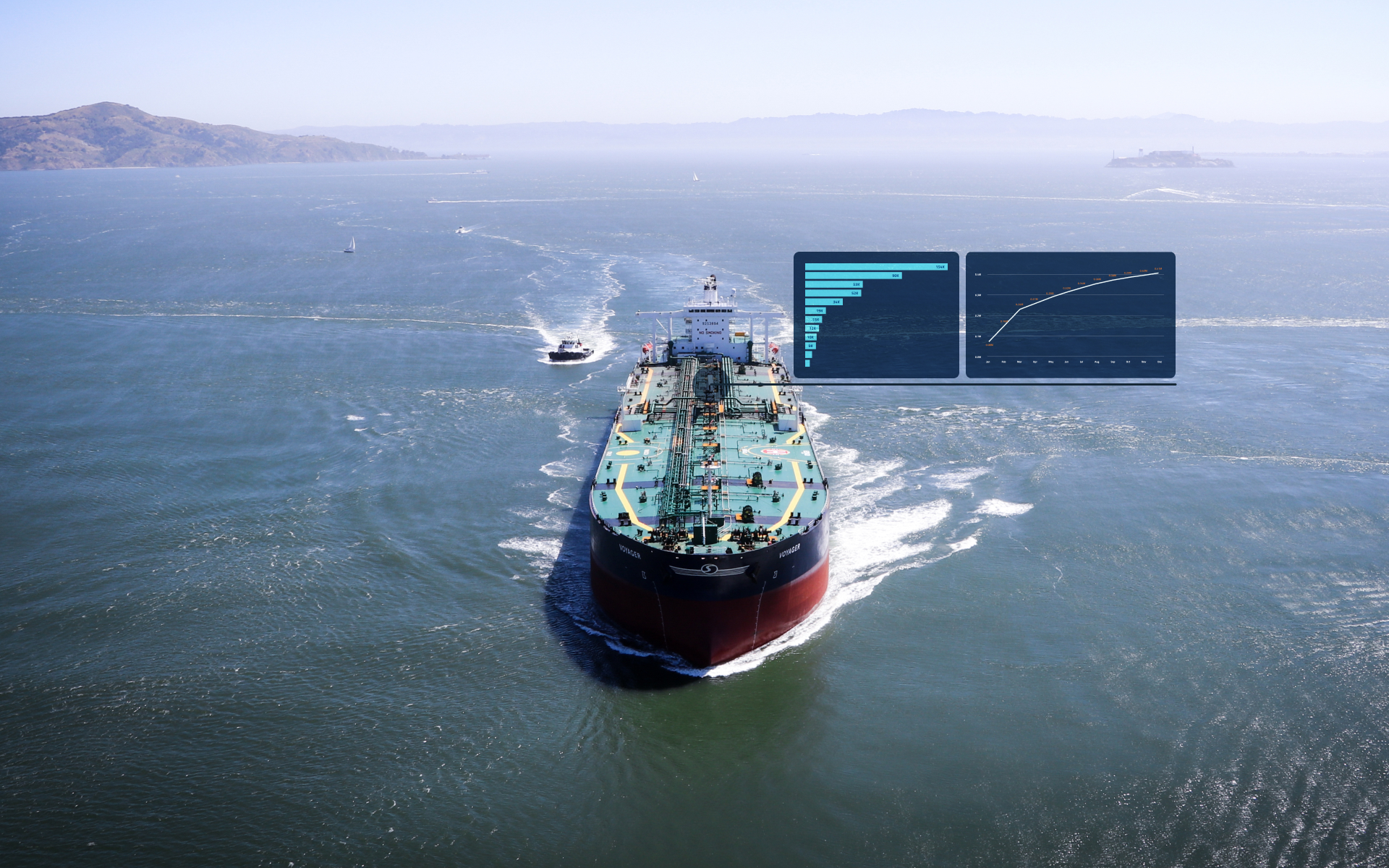What is sustainable shipping?
Maritime shipping is widely considered as one of the more environmentally friendly means of transporting cargo. Having said that, it still accounts for nearly 3% of all global carbon emissions. Furthermore, it significantly contributes to the sound, water, and plastic pollution of the ocean. Some experts warn that without prompt and decisive action, we could see shipping’s contribution to global carbon emissions increase by as much as 10-13% in just a few decades. It is clear, therefore, why there is currently so much talk around making shipping more sustainable.
We must remember that the concept of sustainable shipping extends far beyond just environmental impacts. The green transformation of ocean shipping encompasses the environmental, economic, and social aspects of the industry. And here at Sea, we believe that informed decision-making is key to enabling the changes needed to make shipping more sustainable and unlock a better future for all.
What are the carbon regulations in the shipping industry?
Given that CO2 accounts for around 76% of shipping’s total GHG emissions, the gas is firmly in the spotlight. The table below sets out a timeline of current and upcoming mandatory carbon regulation for the shipping industry.
Are you ready for the new regulations? Manage your carbon exposure with Sea
Optimisation starts and ends with precise measurement. And that’s exactly what Sea’s Carbon Exposure and Carbon Tracking and Monitoring solutions provide. Specially developed for the maritime industry, our software plays a central role in reducing your carbon output. In fact, our Carbon Tracking tool has already recorded +46 million tonnes of carbon and +800 million tonnes of maritime cargo since it was launched.
Sea’s range of cutting-edge solutions not only help you stay compliant with evolving regulations, they also offer industry benchmarking. Whatsmore, our leading technology enables you to gather crucial information in order to facilitate optimal chartering decisions, such as selecting vessels with lower carbon emissions to minimise the maritime carbon footprint and more effectively address the impact of climate change.

Interested in learning more about sustainable shipping?
Read the latest news and insights related to sustainability in the shipping industry.


